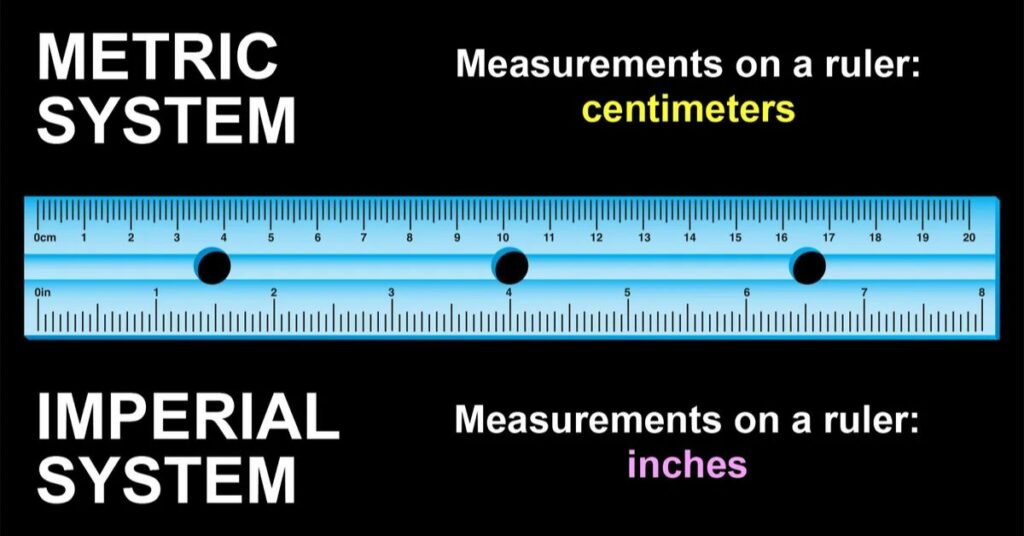168cm In Feet – The Ultimate Guide For You!
Height is a fundamental aspect of human physicality, often serving as a marker of identity and a topic of curiosity.
However, the world is diverse, and regions use various measurement systems to quantify height. One standard conversion that frequently arises is the conversion of centimeters to feet and inches.
In this article, we will explore the conversion of 168 centimeters (cm) to feet and inches, delving into the mathematical process behind it and providing context for its practical application.
Understanding the Metric and Imperial Systems – Here To Know!
Before delving into the conversion process, it’s essential to understand the systems involved: the metric and imperial systems. The metric system, used in many parts of the world, including Europe and most of Asia, employs units like meters and centimeters for length measurement.
On the other hand, the imperial system, predominantly used in the United States, the United Kingdom, and a few other countries, relies on units such as feet and inches.

Given this disparity in measurement systems, conversions between them are often necessary, especially in contexts like international travel, commerce, and healthcare.
Conversion Process – Check Now!
To convert 168 centimeters to feet and inches, we follow these steps:
1. Understand the Base Units:
- In the metric system, 1 meter equals 100 centimeters.
- In the imperial system, 1 foot equals 12 inches.
Practical Application!
Understanding height conversions, such as 168 centimeters to feet and inches, has several practical applications:
1. Healthcare:
Healthcare professionals often need to convert height measurements to different units for record-keeping, diagnosis, and treatment planning in medical settings.
2. Fitness and Sports:
Coaches, trainers, and athletes may encounter height measurements in various units when assessing performance, setting goals, or comparing athletes from different regions.

3. International Travel:
Travelers frequently encounter height restrictions or requirements stated in different units when flying, renting vehicles, or participating in activities such as amusement park rides.
4. Apparel and Fashion:
In the fashion industry, designers and manufacturers may need to convert height measurements to ensure proper sizing and fit for internationally-themed garments.
Read Also: 180cm In Feet – The Ultimate Guide For You!
Cultural Considerations – Delve Into It!
Height is not merely a physical attribute but a reflection of cultural values and societal norms. Across different societies, height carries varying degrees of significance, often intertwined with perceptions of power, beauty, and social status.
In many cultures, there is a preference for taller individuals, where height is equated with qualities such as strength, leadership, and attractiveness. T

his preference can manifest in various aspects of life, from dating preferences to hiring practices, where taller individuals may be perceived as more capable.
Conversely, some cultures may not emphasize height much, with other attributes taking precedence in defining an individual’s worth or desirability.
In these contexts, height may hold less sway over social interactions and opportunities, allowing for a broader spectrum of physical appearances to be celebrated and valued.
Understanding and respecting these cultural variations is essential for fostering inclusivity and dismantling biases based on physical characteristics.
It requires acknowledging that beauty and worth are not universally defined and that diversity in all its forms enriches our societies.
Read Also: Error: Src Refspec Main Does Not Match Any – Ultimate Guide!
Conclusion:
Indeed, our world is characterized by diversity, with different regions employing various measurement systems to quantify height. A typical scenario that often necessitates conversion involves transitioning between the metric and imperial systems.
FAQs:
1. Why is converting centimeters to feet and inches important?
Converting measurements facilitates communication between regions using different systems, aiding in areas like international trade and healthcare.
2. How accurate is the conversion from centimeters to feet and inches?
The conversion provides a close approximation, ensuring practical usability in various contexts, although rounding may occur for simplicity.
3. Are there online tools available for quick conversions?
Yes, numerous online converters exist, simplifying the process for individuals needing instant conversions without manual calculations.
4. Can height conversions vary between countries?
While the mathematical process remains consistent, societal preferences and cultural norms regarding height may influence perceptions of ideal stature.
5. Are there any instances where precise conversions are critical?
In fields like engineering and architecture, precise height conversions are crucial for accurate measurements and structural designs.
6. How can one ensure accurate conversions without online tools?
Understanding the conversion formula and practicing manual calculations can enhance proficiency in converting centimeters to feet and inches reliably.
Read Also:




